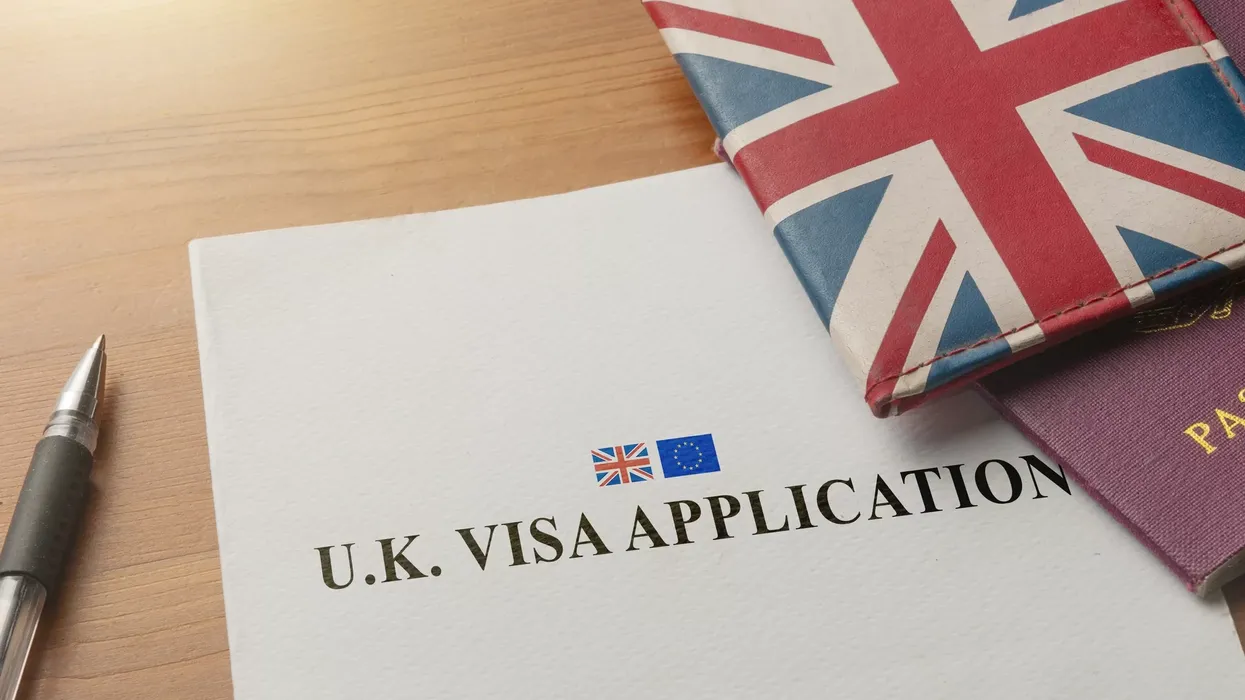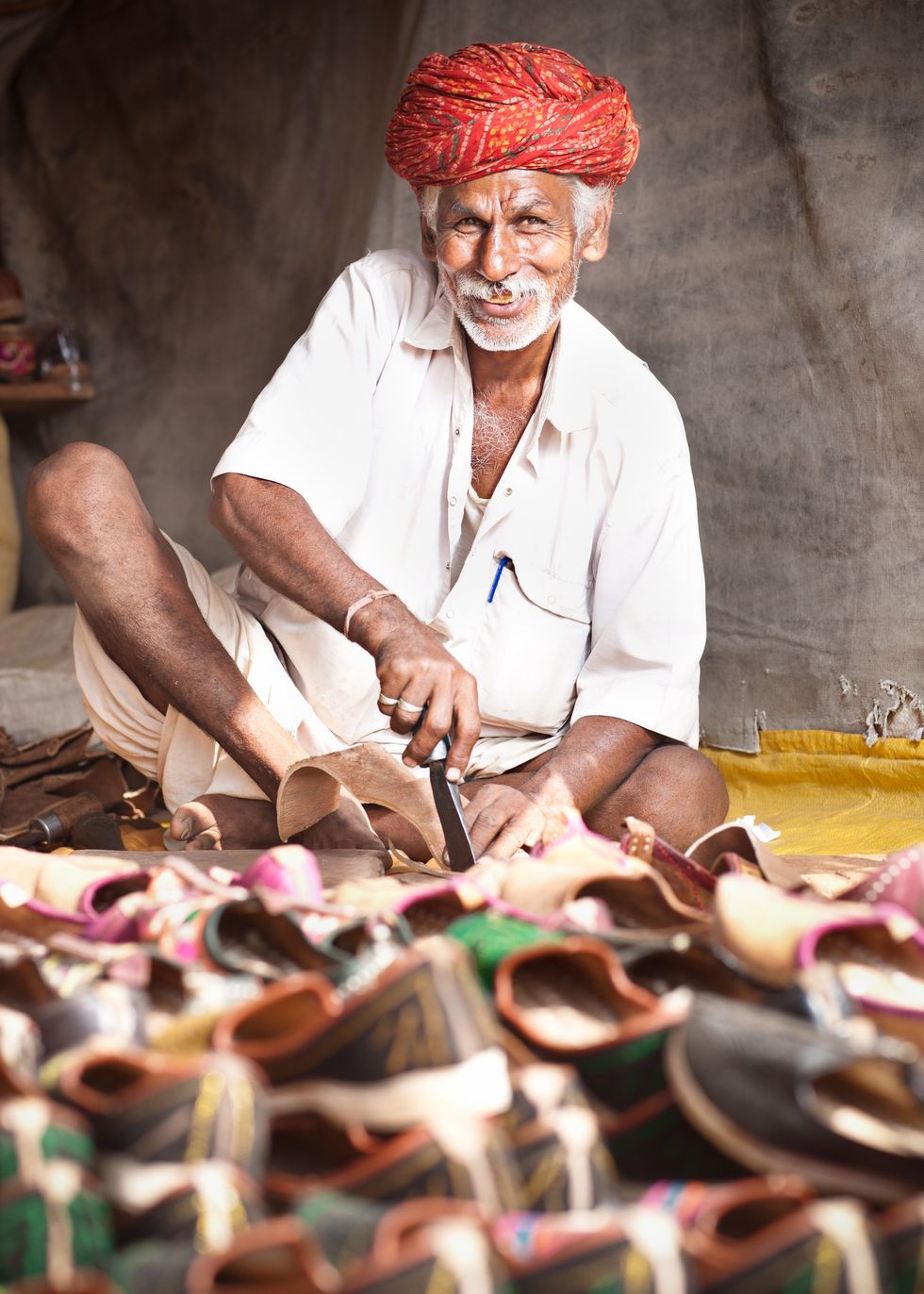BHAVISHA PANKHANIA ON USING THE ANCIENT INDIAN PRACTICE TO HEAL
by PRIYA MULJI
MAINTAINING mental and physical health has been important during lockdown.
The cross-generational exercise that has been helping people of all ages during self-isolation is yoga. Many have taken online yoga classes, while others have followed tutorials on video sharing sites or read up on the practice that originated in ancient India. That popularity was celebrated on International Yoga Day on June 21.
London-based Bhavisha Pankhania comes from a family of yoga teachers and yogis, so was inspired to learn about it and subsequently turn it into a successful career. The trained yoga master has helped people with an exercise that benefits mental, physical and spiritual wellbeing, including during the Covid-19 lockdown.
Eastern Eye caught up with Pankhania to get an insight into yoga, how it can help during lockdown, key advice for beginners and the importance of staying healthy during these trying times.
Tell us about the yoga you specialise in?
I specialise in vinyasa and yin yoga. I did my training in hatha yoga back in 2006, which was the beginning of my yoga journey. Soon after, I became certified in pregnancy, hot yoga, meditation and the list goes on. I love the dynamic, vigorous practice that vinyasa yoga offers, but I also admire and respect slowing down and the yin part of the yoga practice.
How can yoga help people cope during lockdown?
It is really based on the individual. Every day is different and it really depends on how you’re feeling. Every practice is different, whether you are practising a dynamic class or a more restorative class. Yes, it can help, but depends on the person and finding what works for them.
What is the best type of yoga to practise when confined indoors?
That really depends on what your goal is and what you’re working on?
Others may disagree, but in my opinion there is no ‘best’ type of yoga. The yoga that is best is what’s right for you in that particular moment in time. A little research on the options available will help and a trained practitioner can also help you find what is right for you.
Are there any specific yoga moves that are more helpful than others?
That also depends on what you are working on, but yes, absolutely there are certain poses that will help you release tension in certain areas of the body. For example, a simple child’s pose can really calm the mind and bring your parasympathetic nervous system to a more calming state. The parasympathetic nervous system conserves energy as it slows the heart rate right down.
What is your favourite yoga move?
I have a few that I have recently started practising again. I love inversions. The strength factor of being upside down is really challenging and there’s something thrilling about it. My favourites have to be headstand, scorpion and crow.
What key advice would you give beginners wanting to do yoga during lockdown?
My advice would be to just show up on your mat. I still consider myself a beginner and am always learning. There is no end game in yoga. It’s a lifelong journey. You get better as you practise, just like anything else in life. One day the light in your brain clicks and you think, ‘why didn’t I start this ages ago?’. I love teaching beginners and changing their mind-sets on what yoga is and that it’s more than being in crazy contorted postures. Even going back to the basics is really important in some of my advanced classes. We forget simple things like how to breathe using our ‘ujjay breath’ or sitting upright on our ‘sits bones’.
Tell us about the mental health benefits of yoga in lockdown?
When I think of mental health, right away what comes to mind are depression and anxiety. When we think of the past, depression comes to mind and the future can trigger anxiety. We can’t change the past or future, but can the present. That’s when yoga comes in. Showing up on your mat practising a few simple postures to get your juices flowing can really make a massive difference. It doesn’t have to be long. You can practise 10-15 minutes a day.
What are the key physical benefits of yoga?
The physical benefits of yoga are endless. The first one that comes to mind is that yoga relieves stress. Yoga will also increase flexibility, muscle strength and tone, along with improving respiration, energy and vitality. It will help maintain a balanced metabolism and reduce weight. Yoga also helps with cardio and circulatory health, improved athletic performance and protection from injury.
What are some good ways for people to practise yoga when confined indoors?
A great way to practise yoga when confined indoors is to create the right setting or space. The space should be quiet, clutter free and anything you feel will create a calming, relaxed space. Maybe add a few plants, candles, incense and different colour lighting.
Has there been a rise in video/zoom call led yoga?
There has definitely been an increase in video/zoom calls. Let’s just say quarantine has not been a break for me. I don’t know what we would do without video conferencing, Facetime or zoom.
What are the common misperceptions people have about yoga?
The biggest misconception people have about yoga is you have to be flexible. Yoga is not about flexibility or being able to touch your toes and goes way beyond that. Once you start practising, you’ll see. Yes, the flexibility comes with practice, but it is more about training the mind. There are eight limbs in yoga, which are yama (abstinences), niyama (observances), asana (yoga postures), pranayama (breath control), pratyahara (withdrawal of the senses), dharana (concentration), dhyana (meditation) and samadhi (absorption). They say once you’ve mastered the eight limbs of yoga, you’ve become a yogi, which can take a lifetime.
How has yoga helped you?
Where do I begin? Yoga isn’t just a physical practice for me. Yes, it started that way. Yoga has made me stronger, mentally, physically and emotionally on all levels. I get stronger and stronger each day. I actually feel like ‘superwoman’ with the coolest powers.
How important is it to keep the physical and mental health good during the Covid-19 lockdown?
It is so important to keep up your physical practice and that’s with anything you do, not just yoga. The more active you remain, the more mental clarity you will have. It’s very easy to feel down and depressed, especially during these difficult times. It’s hard to cope with changes. Try and look at these changes in a positive way. Life has completely slowed down, so use the chance to take up something new. If yoga is something new for you, that’s great, but it could be anything. Be optimistic, be healthy and believe that you can.
Visit Instagram: @bhavishayoga

















 Shefali Jariwala death raises concern over anti ageing drugs and self medication Instagram/shefalijariwala
Shefali Jariwala death raises concern over anti ageing drugs and self medication Instagram/shefalijariwala  Anti ageing pills found at Shefali Jariwala home spark health safety debate Instagram/shefalijariwala
Anti ageing pills found at Shefali Jariwala home spark health safety debate Instagram/shefalijariwala 
 Prada confirms Kolhapuri chappals inspired its 2026 Milan collectionInstagram/
Prada confirms Kolhapuri chappals inspired its 2026 Milan collectionInstagram/ Kolhapuri chappals have been crafted for centuries and received GI tag in 2019 iStock
Kolhapuri chappals have been crafted for centuries and received GI tag in 2019 iStock